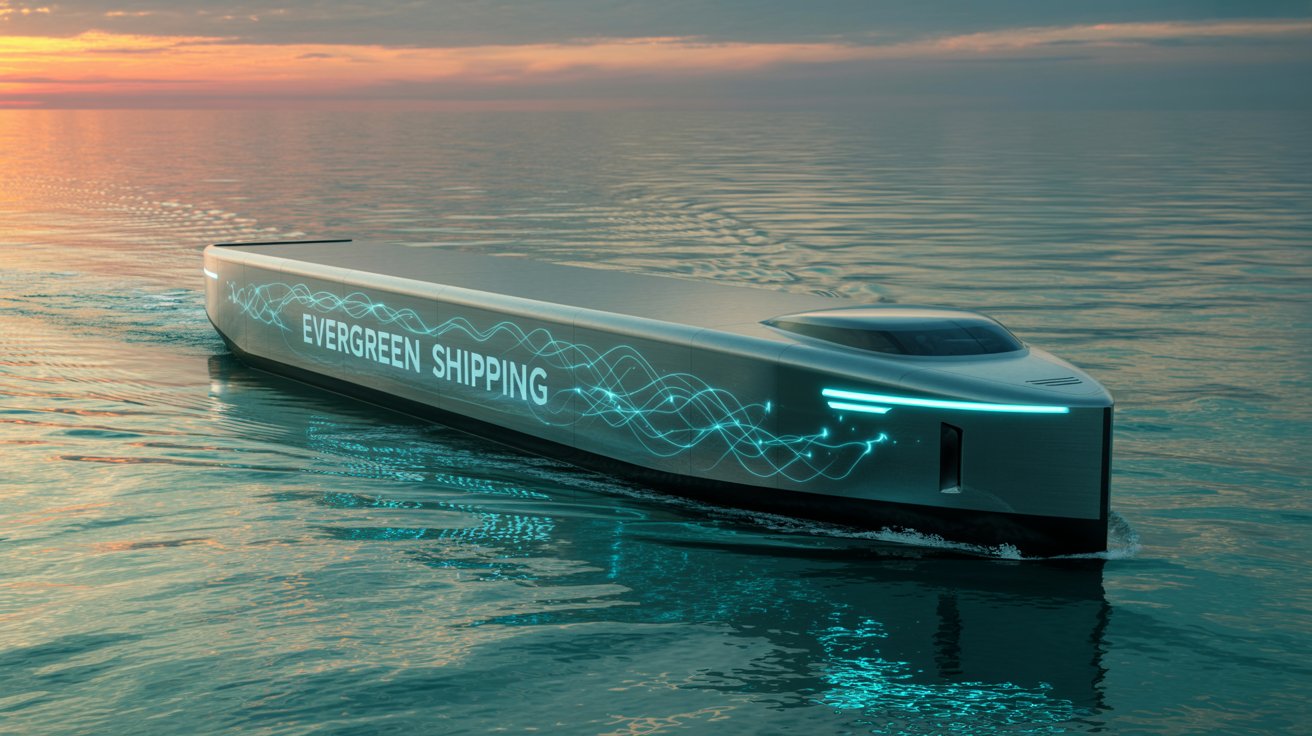Market Growth and Driving Factors
The electric ship market is expected to reach USD 18.39 billion by 2032, from USD 4.85 billion in 2025, with a CAGR of 21.0%. The market is influenced by regulatory, economic, and technological factors that support the maritime industry’s shift toward low-emission operations. International Maritime Organization (IMO) standards and regional regulations are encouraging operators to cut greenhouse gas and pollutant emissions, speeding up the move toward hybrid and fully electric propulsion. Fluctuations in fuel prices and increasing operating costs are making electrification more economically attractive, especially for short-sea routes, ferries, and coastal vessels. Improvements in battery capacity, lifespan, and safety are making electric solutions feasible for larger types of ships. Public funding, tax incentives, and port infrastructure development are reducing adoption costs and helping to scale up deployment.

Download PDF Brochure @
https://www.marketsandmarkets.com/pdfdownloadNew.asp?id=167955093
Commercial Segment Dominance
Based on ship type, the commercial segment is expected to hold the largest share of the electric ship market, supported by the scale of passenger and cargo operations and reinforced by regulatory frameworks. Ferries, inland waterway vessels, and short-haul cargo carriers in Europe, Asia, and North America are well-suited for electrification, as their regular routes and port access match the capabilities of existing electric and hybrid systems. This allows for adoption with minimal disruption while meeting stricter emission standards. Rising fuel prices and stricter limits on SOx, NOx, and CO₂ are increasing the costs of conventional fleets, making electric propulsion a cost-effective alternative. Operators benefit from reduced energy use, lower maintenance costs, and access to subsidies and green financing, while passenger ferry operators gain reputational advantages by aligning with sustainability goals. Infrastructure investments by governments and port authorities in charging and power systems further accelerate adoption.
Hybrid Solutions Driving Market Share
Based on point of sale, the hybrid segment is expected to hold the largest share of the electric ship market because it offers a balance between operational reliability and emission reduction. While fully electric ships are gaining traction in short-distance transport and inland waterways, most commercial and military vessels operate on longer routes that exceed current battery limits. Hybrid systems combine batteries with conventional engines or alternative fuels, providing flexibility to reduce fuel consumption and emissions without sacrificing range or performance. This makes them well-suited for large cargo vessels, offshore support ships, and naval fleets where endurance and redundancy are essential. From a cost perspective, hybrid ships generally require lower initial investment than fully electric ships, while offering measurable savings in fuel costs and emissions. They extend the life of conventional engines by decreasing load variations and improving energy efficiency, which lowers overall operating expenses.
Regional Leadership in Europe
Europe leads the electric ship market through strong regulation, climate policies, and favorable geography. The EU’s Green Deal and “Fit for 55” package set binding decarbonization targets, creating a policy framework that speeds up the deployment of zero-emission vessels. Inland waterways and short-sea routes fit well with current battery technology, while Norway, the Netherlands, and Germany have demonstrated feasibility by early adoption of electric ferries and commercial vessels, supported by strict emission rules and infrastructure readiness. This position is strengthened by the region’s maritime industry and R&D programs such as Horizon Europe and the Innovation Fund, which support improvements in propulsion, storage, and charging systems.
Ask for Sample Report @
https://www.marketsandmarkets.com/requestsampleNew.asp?id=167955093
Competitive Landscape and Key Players
Key players in the electric ship market are ABB (Switzerland), Wärtsilä (Finland), GE Vernova (US), SCHOTTEL Group (Germany), and Corvus Energy (Norway). These companies are well-represented geographically and offer a wide range of products. To grow their market share, they rely on their diverse product portfolios and R&D capabilities.
